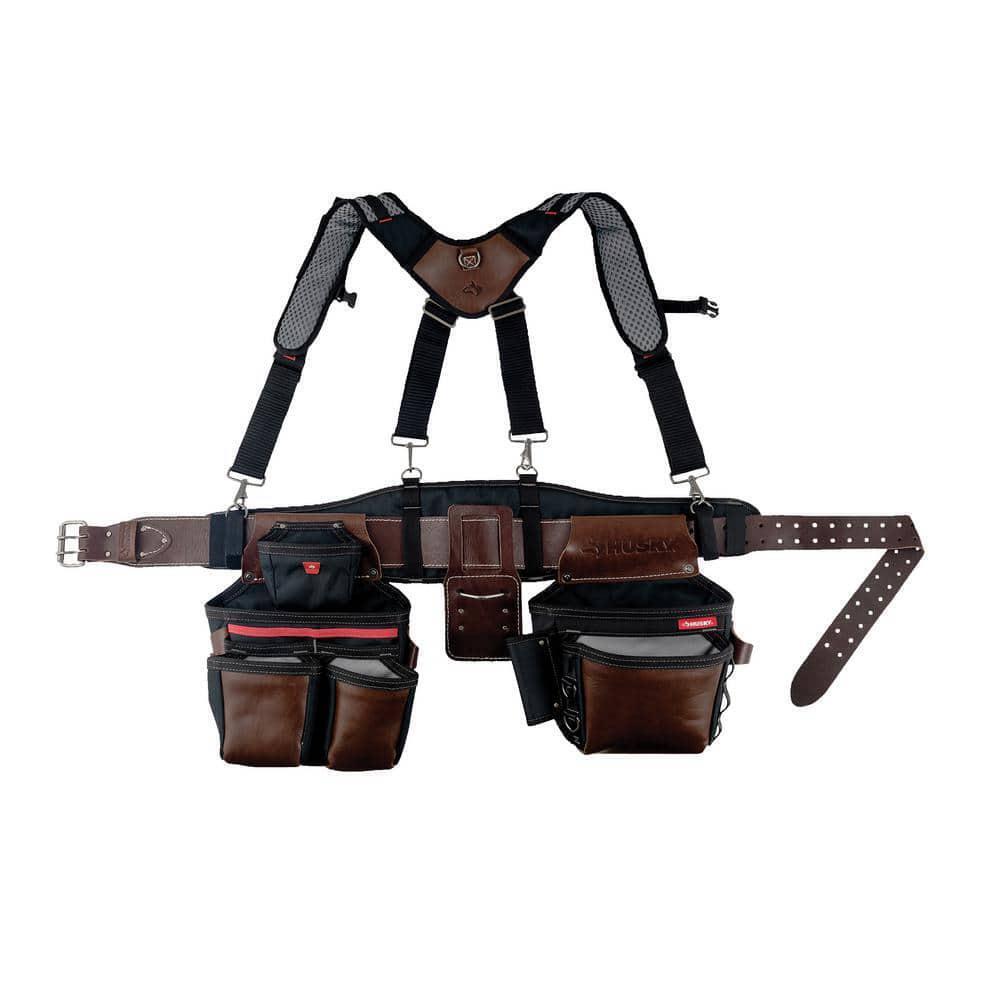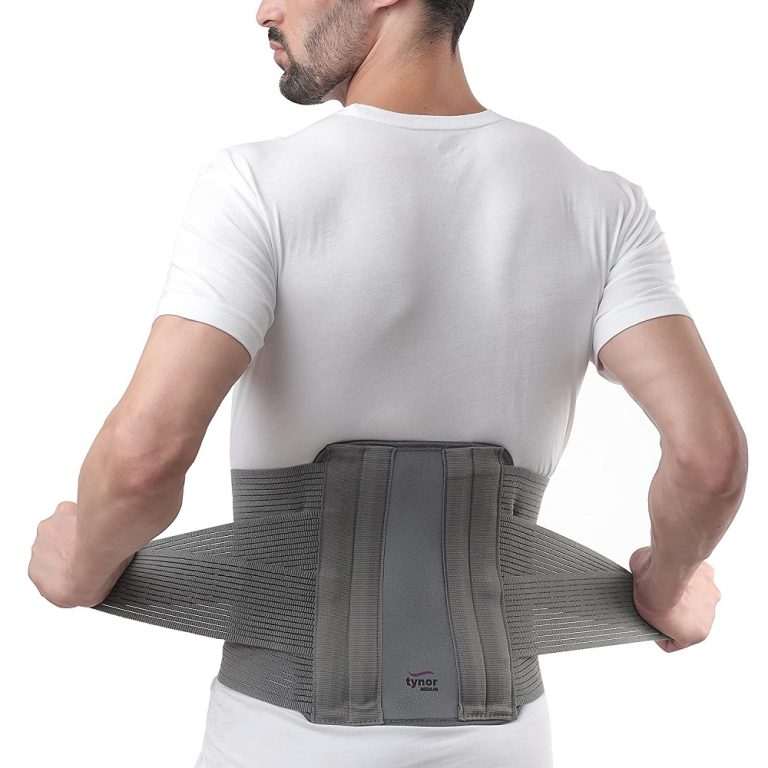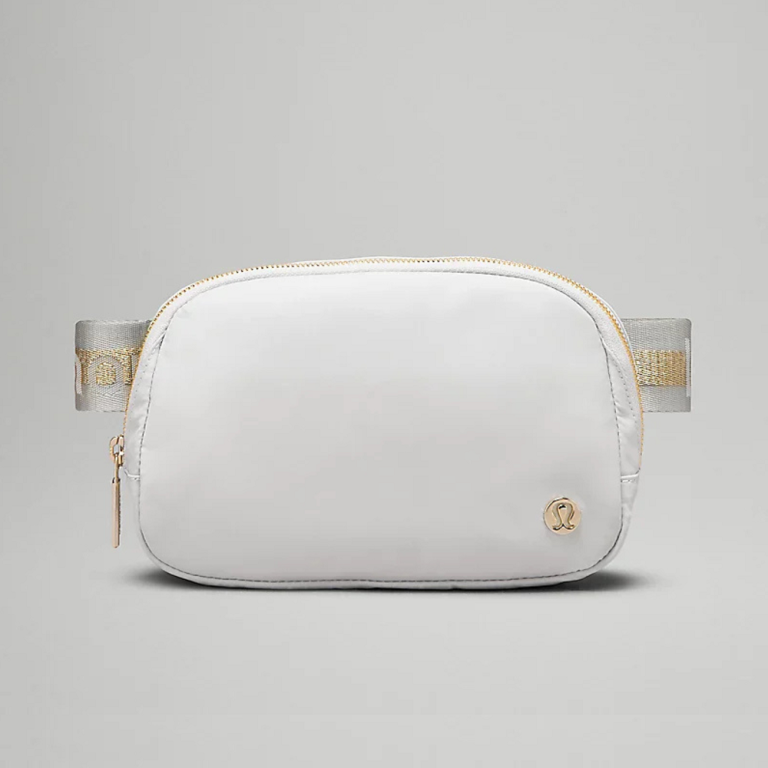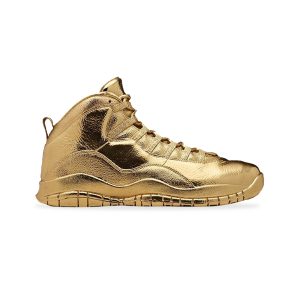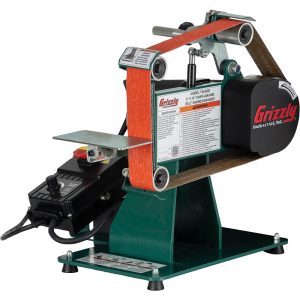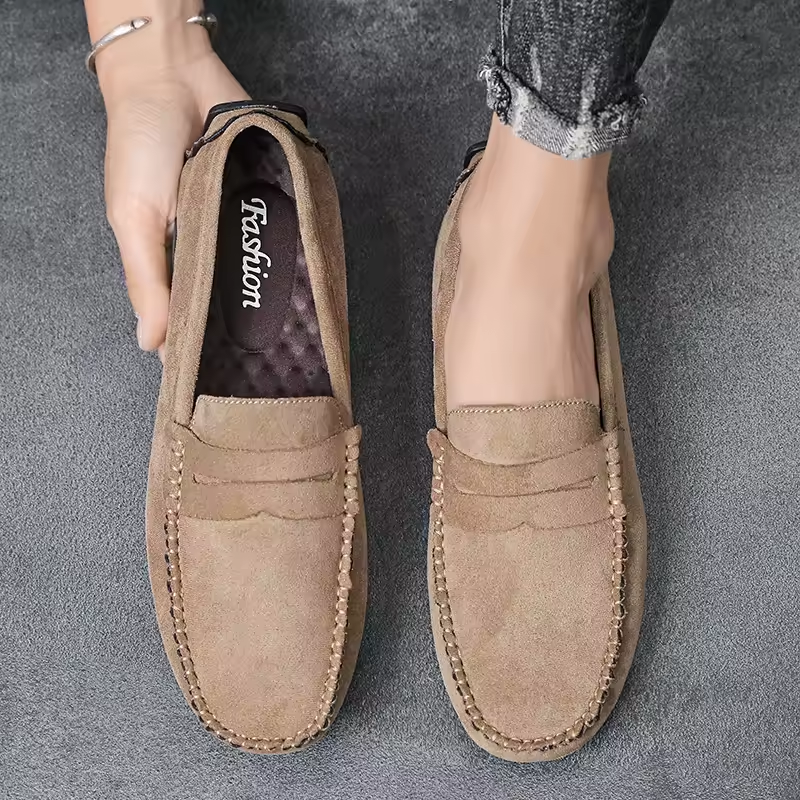A tool belt is an indispensable accessory for both professionals and hobbyists engaged in various crafts, trades, or DIY projects. Offering functionality, convenience, and easy access to tools, tool belts have become a staple for anyone who works with their hands. Whether you are a seasoned contractor, a weekend warrior, or someone who just loves engaging in home improvement projects, there is a tool belt designed for you. This article will explore the different styles of tool belts available on the market, their benefits, and how to choose the right one for your needs.
Understanding the Importance of a Tool Belt
Why Use a Tool Belt?
At its core, a tool belt is designed to keep your most essential tools within easy reach. This feature helps improve efficiency and productivity. Imagine climbing a ladder or moving to a different part of your workspace only to realize you need a specific tool. With a tool belt, you can carry the most commonly used tools, minimizing distractions and maximizing your focus.
Additionally, tool belts reduce the need to constantly bend down or rummage through boxes to find tools. Everything you need is right at your waist, allowing for more seamless workflows. They also help distribute the weight of tools more evenly across your body, which can lead to less fatigue during long working hours.
Versatility for Various Users
Tool belts are not just for construction workers. They are useful for electricians, plumbers, carpenters, and even gardeners. Additionally, hobbyists engaged in woodworking, sewing, or crafting can benefit from a dedicated tool belt. The versatility of tool belts makes them a valuable accessory for anyone needing organized access to tools.
Your tools can vary drastically depending on your profession or hobby. Therefore, many manufacturers produce specialized tool belts catered to specific trades and projects. Understanding these different styles can help you make the right choice for your intended use.

Popular Tool Belt Styles
The Classic Leather Tool Belt
One of the most iconic styles of tool belts is the classic leather tool belt. Made from high-quality leather, these belts are known for their durability and strength. They are often constructed to withstand the rigors of a busy work environment without falling apart. Leather tool belts are designed for professionals who require longevity, making them a preferred choice for electricians, plumbers, and carpenters.
A well-made leather tool belt often features multiple pockets, allowing for ample storage. The leather not only provides a rugged aesthetic but also softens over time, conforming to the wearer’s body for added comfort. This style offers a timeless look that can endure trends and fads in the tool belt market.
Canvas and Fabric Tool Belts
Another popular option is the canvas or fabric tool belt. This style is lightweight and typically more affordable than leather options. Canvas tool belts can come in various colors and designs, allowing users to choose a style that fits their personal taste. They are often water-resistant and easy to clean, which makes them suitable for various environments.
Canvas tool belts usually include several pockets and hooks for organizing small tools, screws, or nails. Some even feature detachable sections, offering customizable storage options. Many casual users, DIY enthusiasts, and hobbyists prefer this type of belt due to its lighter weight and versatility.
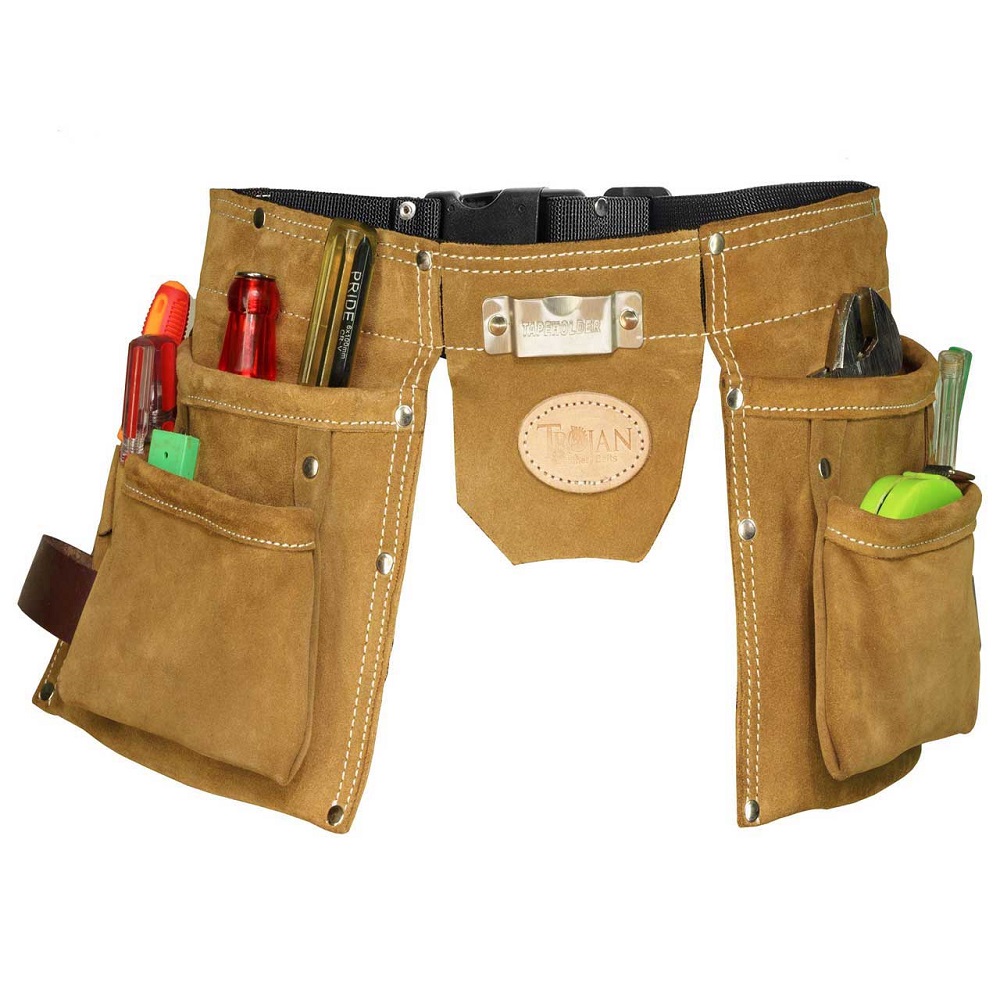
Features to Look For in a Belt
Pockets and Compartments
A crucial factor in choosing a tool belt is the number and size of pockets. Look for belts with a variety of pocket sizes to accommodate different tools. Some belts offer larger compartments for bigger tools, while others focus on smaller pockets for screws, tape measures, or pens.
The arrangement of pockets is also essential. Consider your working style and how often you need to access specific tools. A well-designed tool belt will allow for easy access to commonly used items while keeping others secure and organized.
Adjustability and Comfort
Comfort is critical when wearing a tool belt for extended periods. Look for adjustable belts that you can customize to fit your waist snugly. Many belts also come with padded straps, providing additional comfort to your hips and lower back.
Breathable materials can also contribute to comfort. Some tool belts feature mesh or ventilated materials that allow airflow, preventing overheating during hot days. Ensuring your tool belt fits comfortably can make a significant difference in how effective it is during long hours of work.
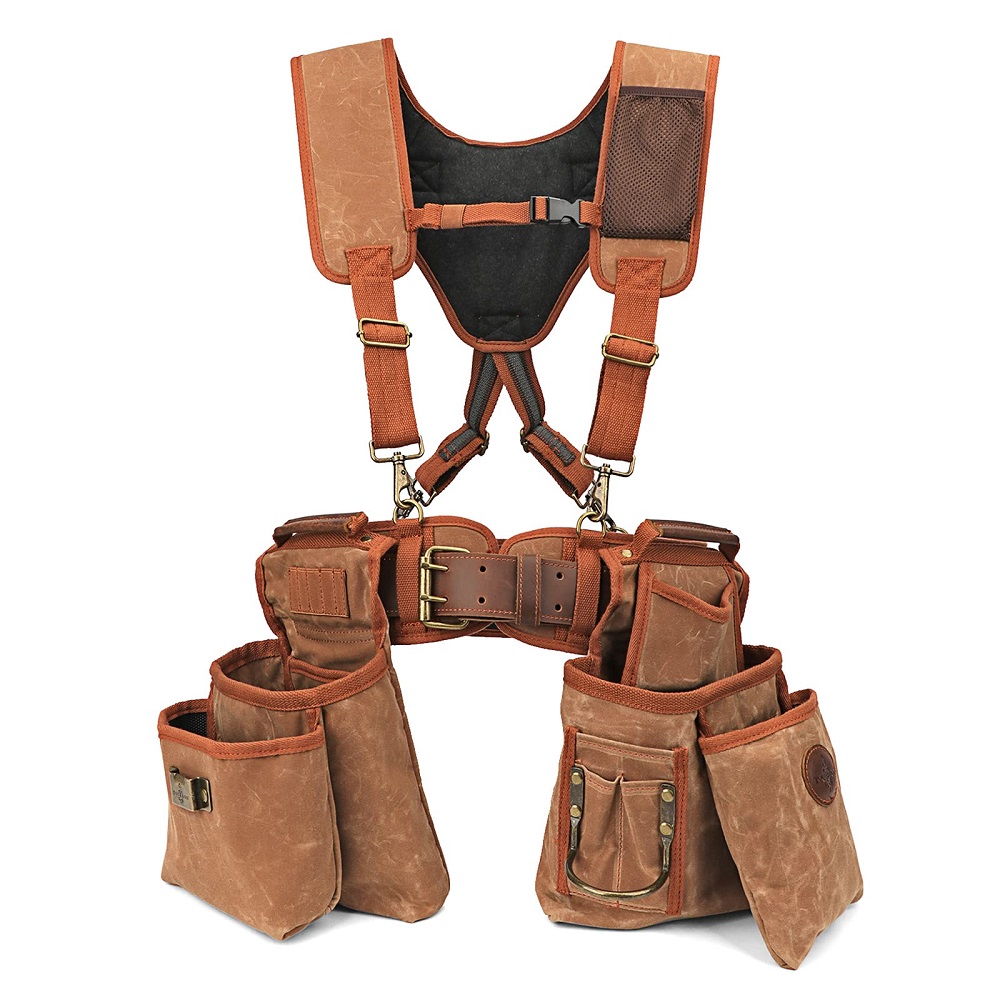
Specialized Belts for Different Trades
Electrician Tool Belts
Different trades often require specialized features. Electricians typically require a tool belt designed specifically for their needs. These belts often feature smaller pockets for wire strippers, pliers, and screwdrivers. Additionally, electrician tool belts may include safety features like dedicated spots for carrying voltage testers or junction boxes.
Many electrician tool belts also prioritize accessibility. Often, they feature pockets angled for easy access when you are working in tight spaces. This design helps make tasks more efficient without compromising safety.
Carpenter Tool Belts
Carpenters may benefit from tool belts that offer ample storage for larger tools such as hammers, saws, and levels. Carpenter tool belts frequently include larger, reinforced pockets that can withstand the wear and tear of heavier tools. They may also feature additional attachments for tool holders, making it easy to carry a variety of items.
Carpenter belts often emphasize balance and weight distribution since they need to carry multiple tools simultaneously. Many are made with reinforced materials to withstand the demands of the job site while providing easy access to essentials.
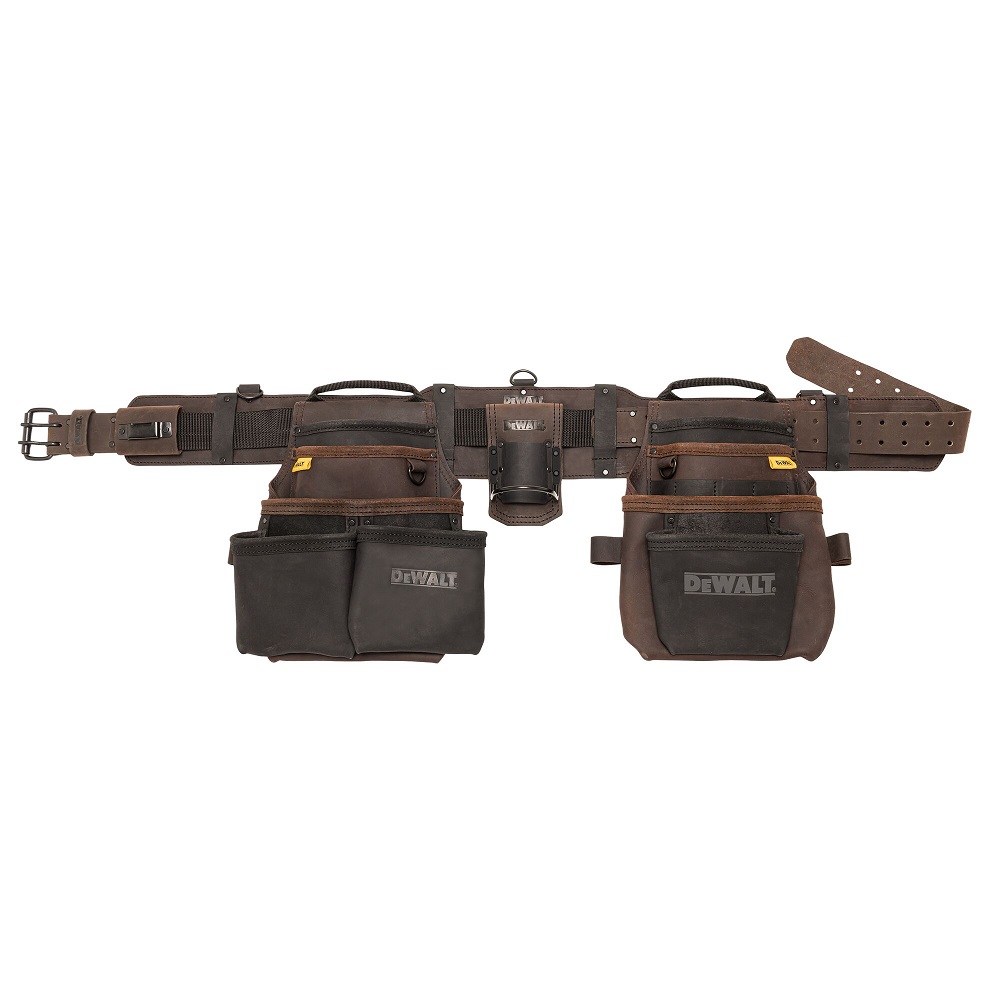
How to Maintain Your Belt
Regular Cleaning and Inspection
Maintaining your tool belt will ensure its longevity and performance. Regular cleaning is vital to remove dust, dirt, and debris accumulated over time. For leather belts, consider using a leather cleaner and conditioner to preserve the material and prevent cracking. Meanwhile, canvas belts can often be machine-washed or cleaned with soapy water.
In addition to cleaning, regularly inspect your tool belt for signs of wear and tear. Check for frayed seams, loose stitching, or broken buckles. Addressing these issues early can extend the life of your belt and prevent further damage.
Proper Storage
How you store your tool belt when not in use can also impact its lifespan. Avoid placing heavy objects on the belt, which can distort its shape. Instead, hang it on a hook or store it in a toolbox or storage bag to keep its structure intact.
Keeping your belt stored properly will also help maintain the cleanliness of the materials. Regular maintenance and proper storage can ensure reliability when you need it most.
Choosing the Right Belt for Your Needs
Evaluating Your Specific Work Requirements
Choosing the right tool belt should start with evaluating your specific work requirements. Consider the types of tools you need to carry and how often you use them. Think about the nature of your work; do you need a lightweight, more flexible option, or are you looking for a heavier-duty belt that can accommodate larger tools?
Reflect on your work environment as well. If you’re working in tight spaces, a belt that allows for easy access to tools may be advantageous. On the other hand, if you’re in a construction zone with heavier demands, a reinforced tool belt might serve you better.
Budget Considerations
Factor in your budget when choosing a tool belt. While you may find cheaper options available, investing in a well-made tool belt can save you money in the long run. Quality belts provide better durability, meaning they will last longer and withstand heavy use.
Set a budget that reflects the features you need without sacrificing quality. Research brands known for their reliability and read reviews from fellow users. This approach will help you make an informed decision that aligns with your needs and expectations.
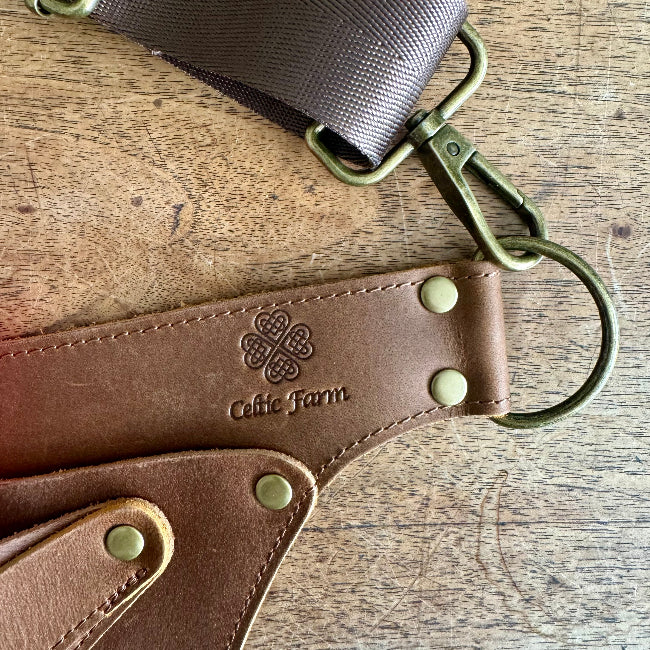
Elevating Your DIY Experience with the Right Tool Belt
In summary, a tool belt is a valuable accessory for both professionals and hobbyists. With various styles and features available, there is a tool belt that can elevate any DIY experience. Understanding the different styles, components, and maintenance strategies can lead you to the right choice for your needs.
Investing in a quality tool belt can significantly enhance your efficiency, allowing you to work more conveniently and effectively. As you explore options on the market, take the time to evaluate your specific requirements and preferences. Remember to factor in comfort and durability for a long-lasting companion on all your projects.
A well-chosen tool belt can become an essential part of your toolkit, serving you well for years to come. Whether you are working on home improvement projects or taking on professional challenges, the right tool belt can make all the difference. Embrace the versatility and functionality that a tool belt brings, and watch how it transforms your crafting experience.
